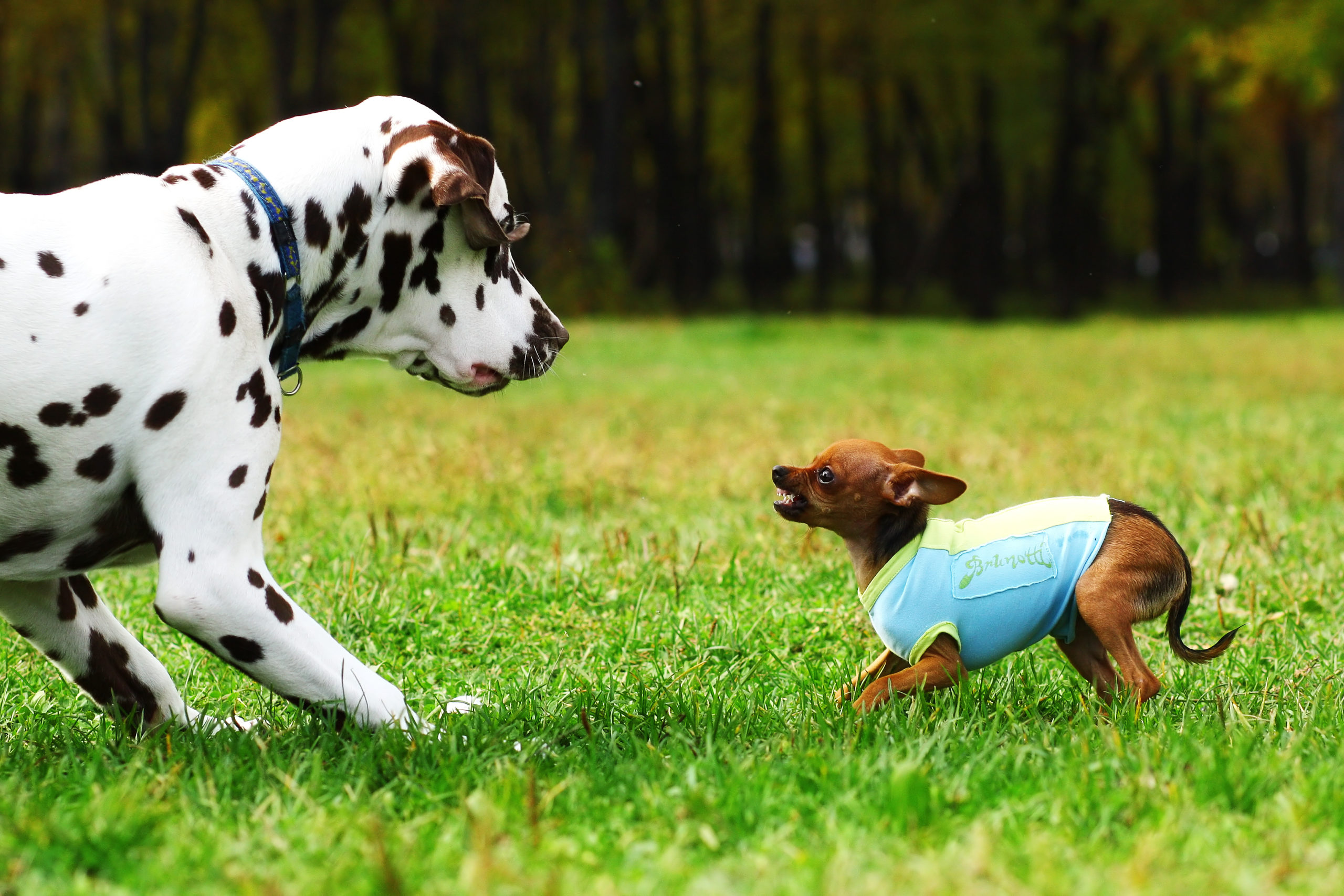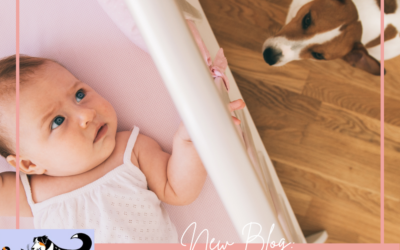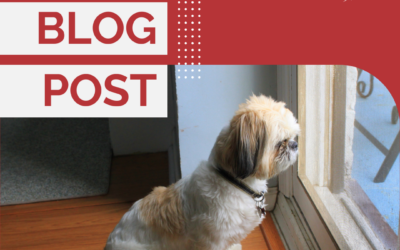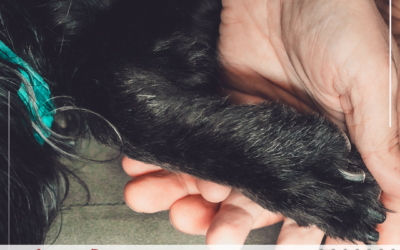This is the third installment in my Fear in Dogs series discussing the various ways dogs can acquire fear. This week, I’m talking about the most commonly known (and assumed) way dogs get fear, through bad experiences.
When I have a fear and aggression consult, an overwhelming number of people will tell me they think their dog was abused, without any evidence or proof that this is true. And I understand why. As humans we crave explanation and understanding but with dogs , especially those coming from unknown backgrounds, there is often a huge lack of information, because they can’t tell us what actually has happened to them. And we strive to complete that gap and jump to conclusions to try to connect dots. So, if a dog ducks their head when you reach for them, we assume they “must have been abused.” This is such a common thing for trainers to hear, but more often than not, is absolutely not the case. The bait dog myth is another huge jump that I hear a lot – that if a dog is rescued and has scars that the dog is assumed to have been a bait dog when really those injuries are much more likely to have come from being hit by a car as a stray, scuffle from another animals, injuries from living outside or other more common ways of being hurt. Do bait dogs exist? Sure, but not nearly in the volume that are proclaimed on rescue sites. (That can be discussed another time but you can read more here if you’re interested.)
This isn’t to minimize abuse at all – it does happen in some cases. But it’s important to recognize that any bad experiences that a dog has, especially when these happen during the critical socialization window, don’t have to be big, abusive encounters to make a big impact to the dog. I’ve said before, the dog decides what is scary – not you. So while you may not think raising your voice to scold or “correct” the dog is causing fear, if the dog finds it scary, that’s what matters, and this can cause fear.
A single bad experience with a child, could have a permanent impact causing that dog to be fearful of children. Being accidentally stepped on could sufficiently frighten the dog to avoid people. A sudden loud noise on a walk could cause a dog to become afraid of walking outside or on a certain street. A leash “correction” when the dog pulls because they’re excited to see another dog could cause a negative association that seeing other dogs causes pain and now that dog is a little afraid to encounter other dogs. A well meaning, but poorly executed socialization outing to introduce a puppy to strangers could backfire and cause that puppy to be afraid of strangers. An overly enthusiastic, bigger dog rushing and bowling over a smaller, younger puppy could be really scary and might make bigger dogs scary to that smaller dog for life. Just giving a dog to have a bath, instead of gradually introducing them to water and bathtime, could cause fear of water or grooming.
Dogs can acquire fear through bad experiences so it’s up to us to ensure their lives, especially during their socialization window (up to ~3 months old), are filled with nothing but positive, happy encounters, to set them up for the best possible success to be well socialized, resilient adult dogs, able to adjust to novelty quickly and rebound from startling events. And good trainers know, never squander first experiences. You never get a second chance to make a first impression, so make all those firsts count.
And this is important, fear resulting from painful or scary (bad) experiences, including exposure to aversive training, may be irreversible. Animals instinctively avoid pain and that’s why pain (and the resulting fear) leave lasting impacts. Fear and pain cause events to be much better remembered. Your dog’s brain: “I’d better remember this so I can avoid it next time!” This is important to bear in mind as we interact with and train our dogs, especially in that socialization window period when every interaction makes a big impact. A shock collar, prong collar, choke collar, yelling, scolding, leash correction, alpha roll, dominance stance or any number of things meant to intimidate, scare or “show your dog who’s boss” could truly frighten and damage your dog for life. not to mention harm the trust and relationship that you’re trying to foster in this critical period. And, more importantly, we know we don’t need to use those things to train dogs or to modify behavior.
If you have a fearful dog, I encourage you to get started training soon. If you have a new puppy or plan on getting on over the holidays, I encourage you to set up a puppy socialization consult to get started on the right foot as soon as possible! Reach out for help and your consult today!
Happy training!
![]()




